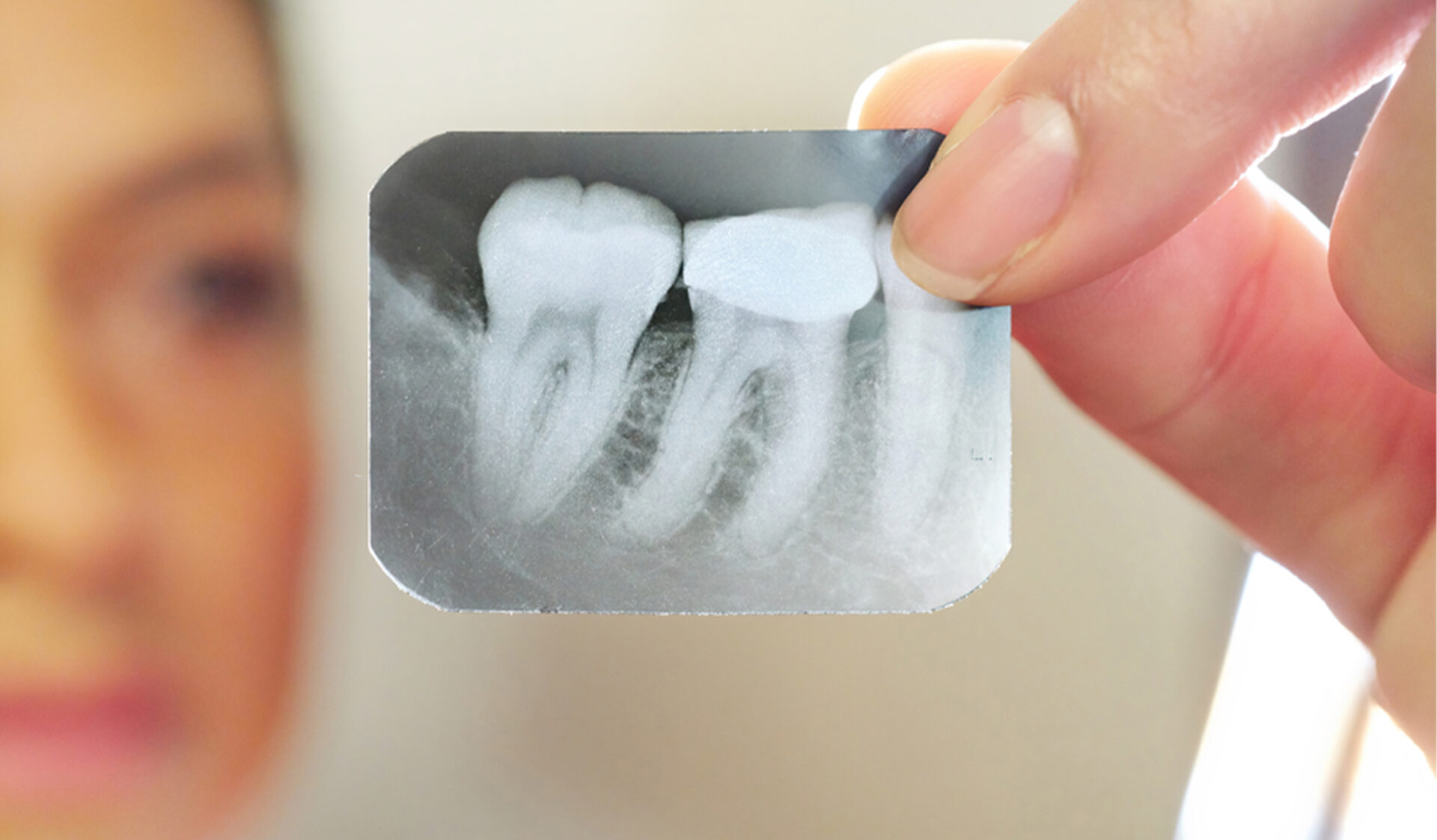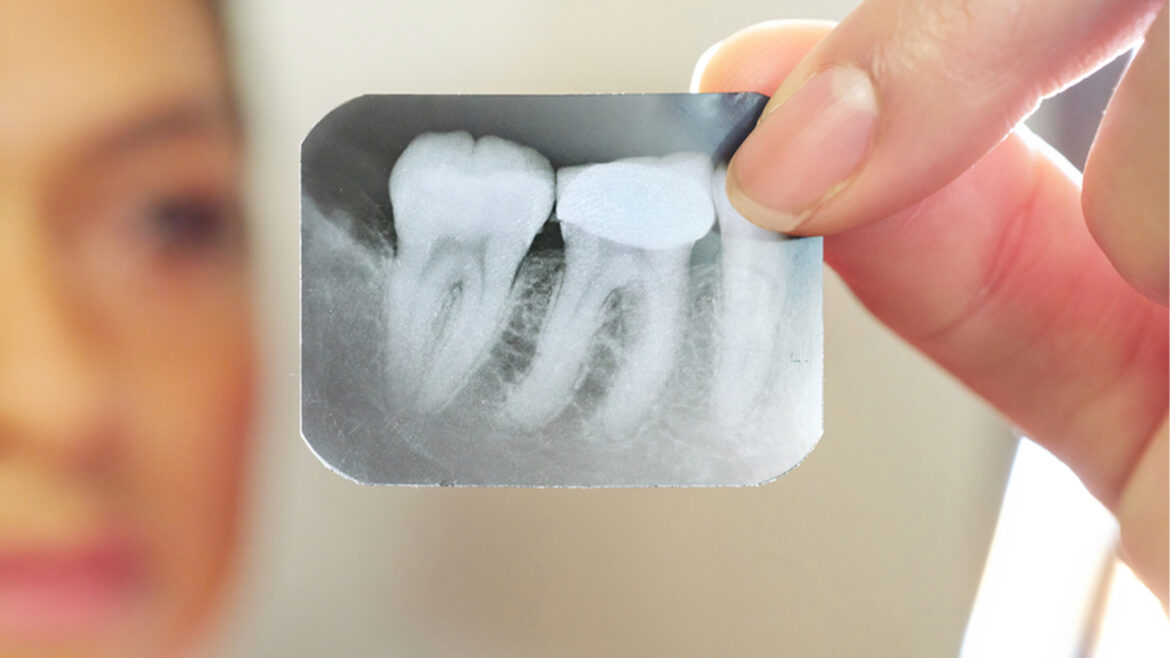Specialties
Root Canals

Endodontics
We regularly perform a root canal endodontic treatment in order to remove infections and save our patients’ teeth. Our team at Canyon Lakes Dental are experts at completing the procedure and doing so while keeping patients completely comfortable. Root canals are a common procedure. In fact, every year millions of root canals are performed and, as a result, the need to pull infected teeth is greatly reduced.
What is a root canal?
Root canals occur when a patient has a severely infected tooth. To salvage the tooth, the removal of harmful bacteria and dead or dying tissues is required.
While in the days of old, the root canal procedure could be a pretty painful experience. Thanks to modern dentistry and the gentle care of our root canal treatment from Canyon Lakes endodontic specialists, the root canal has evolved into a far more comfortable procedure requiring no more than two follow up visits to our office.
When do I need treatment?
Typically, a root canal is required when an infection is detected deep within your tooth. Bacterial infection can happen for a variety of reasons – from injury or even an untreated cavity. Without treating the damage, the issue can quickly become severe enough to require full removal, so speed in dealing with your problem is of the essence.
We generally conduct root canal treatment as a four-step process divided into two separate visits to Canyon Lakes Dental. Here are the steps you can expect if undergoing the procedure
Step 1
- The root canal treatment Canyon Lakes dentist administers anesthesia to numb the area surrounding the tooth
- Expect a brief pinch from the needle
- A small sheet of rubber is placed to isolate the tooth keeping it sanitized during the procedure
Step 2
- Using small specialized dental tools, such as a small drill, the dentist will access the inner area of the tooth through an opening created on top of your tooth
- The specialist will file away the diseased or damaged pulp
- The file will be used to shape the inside chamber of your tooth’s root
- An antimicrobial solution may be applied within the chamber to eliminate bacteria
Step 3
- When the chamber is intricately cleansed and dried, your oral specialist will fill it using a ‘gutta percha’ rubber-like material
- The opening in your tooth will be closed using a temporary filling to substitute for your eventual permanent crown
Step 4
- When you return to Canyon Lakes Dental a few weeks later, the treatment will conclude with the placement of a permanent crown or some comparable restoration aid
- It may be necessary to place a small support post to the inside of the chamber’s root to ensure the stability of the crown or restoration
Root canal follow-up
After the root canal treatment, it is of the utmost importance that you take good care of your teeth and gums. It may be a good idea to schedule a follow-up visit to receive an X-ray examination to confirm the successful termination of the infection. From here, the only remaining step is to continue your regular, thorough oral hygiene routine, including a regular visit to Canyon Lakes Dental to sustain the natural health of your teeth. With proper attentive care, a tooth that has undergone root canal treatment can stay active and healthy for your entire life!

